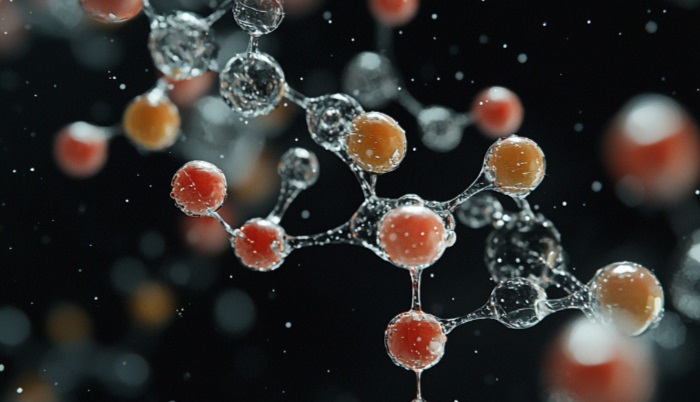Organic Molecules in Space: Key to Understanding Life’s Cosmic Origin

News Mania Desk /Piyal Chatterjee /30th December 2024
As scientists explore the universe, organic molecules—the building elements of life—appear as a repeating pattern, hinting to answers to some of science’s most profound problems. Recent research, including data from missions such as the European Space Agency’s Rosetta and NASA’s Osiris-Rex, has shown the abundance of these chemicals across the cosmos. According to sources, these discoveries give light on how planets like Earth may have obtained the building blocks for life long before the Sun originated.
According to Quanta Magazine, researchers have tracked these chemicals back to interstellar clouds, comets, and asteroids. These heavenly objects act as reservoirs for the components that make up living systems. Rosetta’s mission to comet 67P/Churyumov-Gerasimenko discovered 44 different organic chemicals, including glycine, a precursor to proteins, and dimethyl sulfide, a substance linked to biological activity on Earth. Such discoveries highlight the fact that life’s origins existed in space long before planets formed.
Asteroids also have an abundance of organic compounds. Samples retrieved by Japan’s Hayabusa2 and NASA’s Osiris-Rex missions found tens of thousands of organic molecules on the asteroids Ryugu and Bennu. According to Philippe Schmitt-Kopplin of the Technical University of Munich, in an interview with Quanta Magazine, this proves that “everything possible from which life could emerge” exists in space. Ryugu, for example, produced 15 amino acids, which are essential for life’s building components.
Organic molecules develop via two main pathways: combustion-like events in fading stars and frozen dust grains in molecular clouds. In the latter phase, radiation and cosmic rays cause chemicals such as methanol to develop on these frozen granules. Glycine, the simplest amino acid, may develop under such circumstances, demonstrating the chemical complexity that existed long before star systems appeared.
Protoplanetary disks, the areas where stars and planets develop, are abundant in organic substances. The Atacama Large Millimeter Array (ALMA) detected methanol and other chemicals in these disks. Computational simulations imply that these molecules survive the chaotic processes of planetary formation and continue to change chemically, increasing the possibility of life.
The finding of complex organics has far-reaching ramifications for astrobiology. These compounds might act as biosignatures, hinting to possible life beyond Earth. Upcoming missions, like as NASA’s Dragonfly to Saturn’s moon Titan, intend to investigate organic chemicals in life-supporting settings such as hydrocarbon lakes and dense atmospheres. Finally, the universality of organic chemistry underscores the notion that life’s building components are not limited to Earth, implying that life may exist elsewhere in the cosmos.






